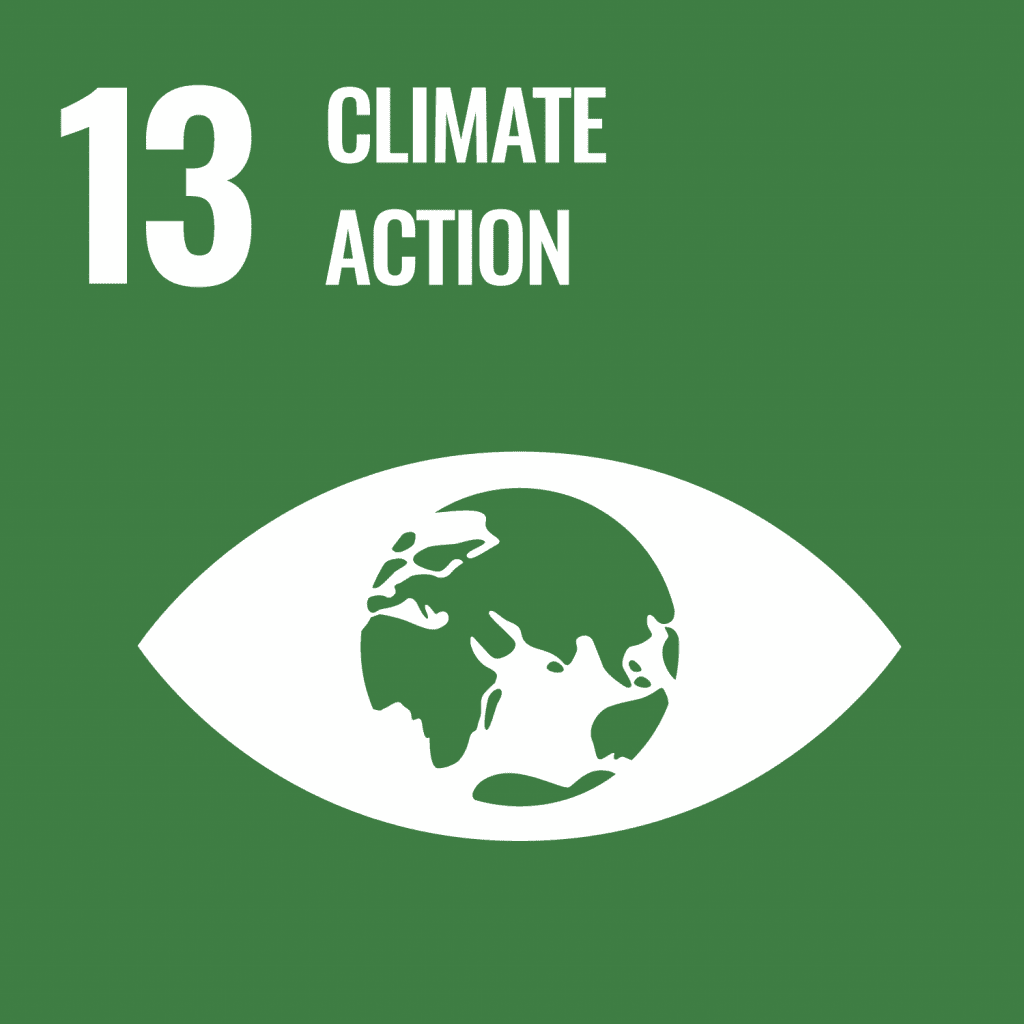When we talk about sustainable development, we refer to the Brundtland commission’s (1987) definition: “development which meets the need of current generations without compromising the ability of future generations to meet their own needs.”
Seven years ago (in 2015), 193 Member States of the United Nations approved the universal, holistic framework for international development: “Transforming our world: the 2030 Agenda for sustainable development“. A call for action to transform our world for people, planet and prosperity.
“It is a roadmap to ending global poverty, building a life of dignity for all and leaving no one behind. It is also a clarion call to work in partnership and intensify efforts to share prosperity, empower people’s livelihoods, ensure peace and heal our planet for the benefit of this and future generations.”
Ban Ki-Moon
The 2030 Agenda is a call for action to transform our world over 15 years (2015 to 2030) in five key areas: people, planet, prosperity, peace, and partnership (known as the 5Ps). At the heart of the Agenda, 17 shared global goals – the Sustainable Development Goals (SDGs) – the result of a three-year-long transparent, participatory process to include all stakeholders and people’s voices (civil society, business, government, and others).
SDG 13 Climate Action
Among the SDGs, we find SDG 13 Climate Action: Take urgent action to combat climate change and its impacts.

Targets
13.1 Strengthen resilience and adaptive capacity to climate-related hazards and natural disasters in all countries.
13.2 Integrate climate change measures into national policies, strategies and planning Indicators.
13.3 Improve education, awareness-raising and human and institutional capacity on climate change mitigation, adaptation, impact reduction and early warning.
13.a Implement the commitment undertaken by developed-country parties to the United Nations Framework Convention on Climate Change to a goal of mobilizing jointly $100 billion annually by 2020 from all sources to address the needs of developing countries in the context of meaningful mitigation actions and transparency on implementation and fully operationalize the Green Climate Fund through its capitalization as soon as possible.
13.b Promote mechanisms for raising capacity for effective climate change-related planning and management in least developed countries and small island developing States, including focusing on women, youth and local and marginalized communities.
We know that climate change is inherently global. The emissions of greenhouse gases into the atmosphere come from anywhere, and they affect atmospheric concentrations in all parts of the world. The impacts of climate change, increased intensity and frequency of extreme weather events are felt everywhere, with the vulnerable communities (within and between countries) suffering the most.
Climate change is intrinsically linked to all the SDGs
When talking about climate change and its impacts, we can find connections and interlinkages with all the other SDGs. For example impacts on our health and our economy.
Health: We are all at increased risk from trauma, physical and mental illness, and death from climate impacts, but the most vulnerable often lack financial resources/ capability/help to recover from an increasing frequency of losses caused by climate events.
Economy: Climate change threatens our economies in many ways, and according to Deloitte US$178 trillion could be lost from global economies by 2070 if we fail to address climate change and warming reaches 3C. Strong climate action could deliver US$43trillion to the global economy by 2070.
Climate change is a cross-cutting issue that affects all dimensions of sustainable development: people, planet, profit, peace & partnership and is intrinsically linked to all the other SDGs. If we don’t address climate change, we will be unable to ensure the successful implementation of the 17 SDGs.
The Paris Agreement as sustainable development agenda
When you read SDG 13 in the 2030 Agenda, you find it starred with the following note:
“* Acknowledging that the United Nations Framework Convention on Climate Change is the primary international, intergovernmental forum for negotiating the global response to climate change.”
The United Nations Framework Convention on Climate Change (UNFCCC) was adopted in 1992 to stabilize greenhouse gas concentrations in the atmosphere at a level that would prevent dangerous interference with the climate system in a time frame which allows ecosystems to adapt naturally and enables sustainable development.
In 2015, during the 21st Conference of the Parties (COP21) to the UNFCCC in Paris, 195 nations adopted the Paris Agreement on Climate Change. Here’s the article 2 of the Paris Agreement:
Article 2
1. This Agreement, in enhancing the implementation of the Convention, including its objective, aims to strengthen the global response to the threat of climate change, in the context of sustainable development and efforts to eradicate poverty, including by:
(a) Holding the increase in the global average temperature to well below 2°C above pre-industrial levels and pursuing efforts to limit the temperature increase to 1.5°C above pre-industrial levels, recognizing that this would significantly reduce the risks and impacts of climate change;
(…)
So the Paris agreement aims “to strengthen the global response to the threat of climate change, in the context of sustainable development and efforts to eradicate poverty.”
You might be familiar with the temperature limit of the Paris Agreement, but it’s important to know the context. Countries should prepare their climate action plans (called nationally determined contributions, NDCs) in the context of sustainable development, harnessing the synergies between climate action and sustainable development.
Therefore, when taking climate action, we need to assess the environmental and social impacts of the measures we plan to implement. It is crucial to avoid all unintended adverse side effects (trade-offs). And it is possible if we use the 17 SDGs as a framework for climate action.
Synergies between climate action and sustainable development
We can find synergies to enable sustainable development if climate action is done correctly. Examples of synergies between climate action and sustainable development are:
- Reducing GHG emissions by burning less or no more, fossil fuels means cleaner air in our cities and homes (SDGs 11, 12) and improved health (SDG 3);
- Improving energy efficiency can increase energy access, reduce energy expenditure (SDGs 1, 7), and increase economic productivity (SDGs 8, 9);
- Protecting & restoring our forests and oceans means that our cities and villages are better protected from weather events such as storms, floods, or sandstorms (SDGs 14, 15). It means healthier life underwater, protecting life on land, and allowing nature to provide the ecosystem services everyone will enjoy (e.g., carbon sinks SDG 13). More importantly, it means that we and future generations will be able to enjoy nature.
Fighting climate change and achieving the sustainable development goals is possible. We have less than a decade to address one of our most important challenges and build a better future for all.
The time for action is now.

